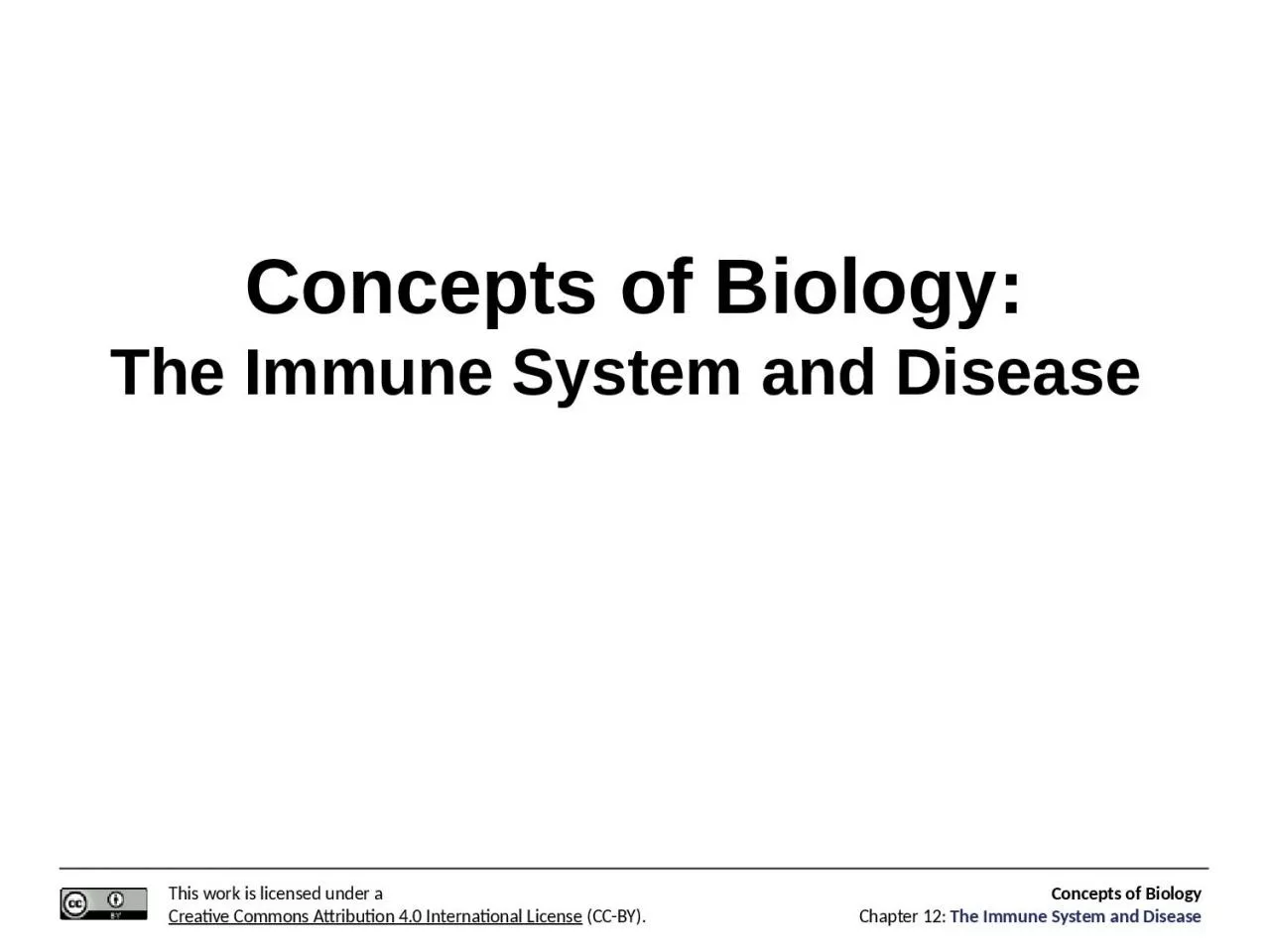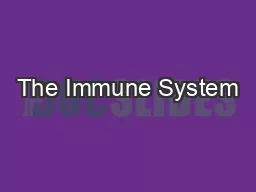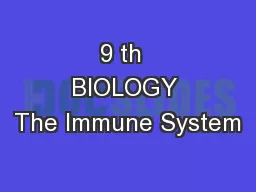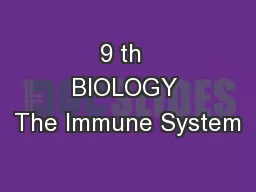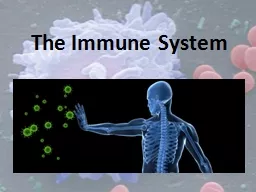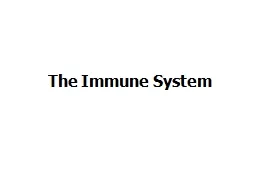PPT-Concepts of Biology: The Immune System and Disease
Author : CityBoy | Published Date : 2022-07-28
This smallpox variola vaccine is derived from calves exposed to cowpox virus Vaccines provoke a reaction in the immune system that prepares it for a subsequent
Presentation Embed Code
Download Presentation
Download Presentation The PPT/PDF document "Concepts of Biology: The Immune System a..." is the property of its rightful owner. Permission is granted to download and print the materials on this website for personal, non-commercial use only, and to display it on your personal computer provided you do not modify the materials and that you retain all copyright notices contained in the materials. By downloading content from our website, you accept the terms of this agreement.
Concepts of Biology: The Immune System and Disease: Transcript
Download Rules Of Document
"Concepts of Biology: The Immune System and Disease"The content belongs to its owner. You may download and print it for personal use, without modification, and keep all copyright notices. By downloading, you agree to these terms.
Related Documents

